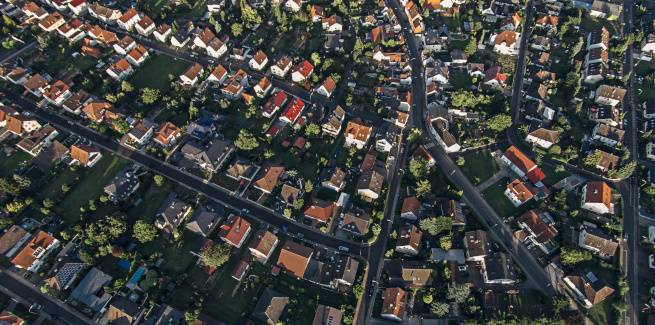The monthly value growth of a home throughout Australia has remained largely consistent throughout October, according to a new report published by CoreLogic earlier this week (1 November).
As highlighted in the data, the national average growth rate, including both capital cities and regional areas, over the month was 1.49 per cent, easing from September’s rate of 1.51 per cent.
But this latest figure also suggests that Australian housing values are gradually plateauing, with October’s rate being starkly lower than March’s growth rate of 2.8 per cent.
Speaking of the national lowering trend, CoreLogic’s research director Tim Lawless said that he believed this is indicative of worsening housing affordability, rising supply levels, and less stimulus.
“Housing is one of the reasons why first home buyers are becoming a progressively smaller component of housing demand. New listings have surged by 47 per cent since the recent low in September and housing focused stimulus such as HomeBuilder and stamp duty concessions have now expired,” Mr Lawless said.
“Combining these factors with the subtle tightening of credit assessments set for 1 November, it’s highly likely the housing market will continue to gradually lose momentum.”
By capital city, Perth documented its first negative monthly result since June 2020, with values nearing 0.1 per cent lower. Comparatively, Brisbane was the fastest growing market with a monthly growth of 2.5 per cent in October.
Across regional markets, NSW and Queensland had the highest monthly growth with 2.1 per cent and 1.9 per cent respectively, while Western Australia recorded a loss of 0.1 per cent – the only rest-of-state region to do so.
Regional markets also experienced a higher average monthly trajectory compared to the capitals with housing values up 1.87 per cent in October, while capital cities recorded an average of 1.38 per cent.
While the national monthly growth rate has begun to languish, Australia’s annual growth rate has increased by 21.6 per cent over the year to October with Hobart (28.06 per cent), Canberra (25.52 per cent), Sydney (25.23 per cent) and Brisbane (22.30 per cent) exceeding 20 per cent growth.
The capital cities with the lowest growth were Perth and Melbourne, which both secured annual increases of 16.37 per cent.
Houses soar, units trail
This latest report also notes the continued trend of certain unit markets recording a lower rate of annual growth relative to houses. For example, in Sydney, the value of a house is up 30.4 per cent, while a unit reported a rise of 13.6 per cent.
Melbourne echoed a similar trend, with houses increasing by 19.5 per cent and units by 9.2 per cent.
Mr Lawless said that, as housing becomes less affordable, there is an expectation that more demand will be deflected towards the higher density sectors of the market, especially in Sydney “where the gap between the median house and unit value is now close to $500,000”.
“With investors becoming a larger component of new housing finance, we may see more demand flowing into medium to high density properties,” he added.
“Investor demand across the unit sector could be bolstered as overseas borders open, which is likely to have a positive impact on rental demand, especially across inner city unit precincts.”
Future trajectory
According to the report and also reflected in recently published reports such as Westpac’s revised price forecast, the trajectory of interest rates and their regulation will be a “central factor” in the housing market’s performance over the medium to longer-term.
“With household debt near record highs, borrowers are likely to be more sensitive than normal to the cost of debt. A rise in interest rates is likely to be the cue for the housing market moving into a downswing,” it said.
However, the report concludes that with housing risks becoming more evident, the short-term view is for further growth in values, “albeit at a slower rate than what has been seen over the previous 12 months”.
“As the economy continues to benefit from easing COVID-19 restrictions, current low interest rate should continue to support demand, along with tight advertised supply levels and improving consumer sentiment,” it said.
[Related: Australian home loans at lowest affordability since 2016: Bluestone]
 ;
;
Comments (0)